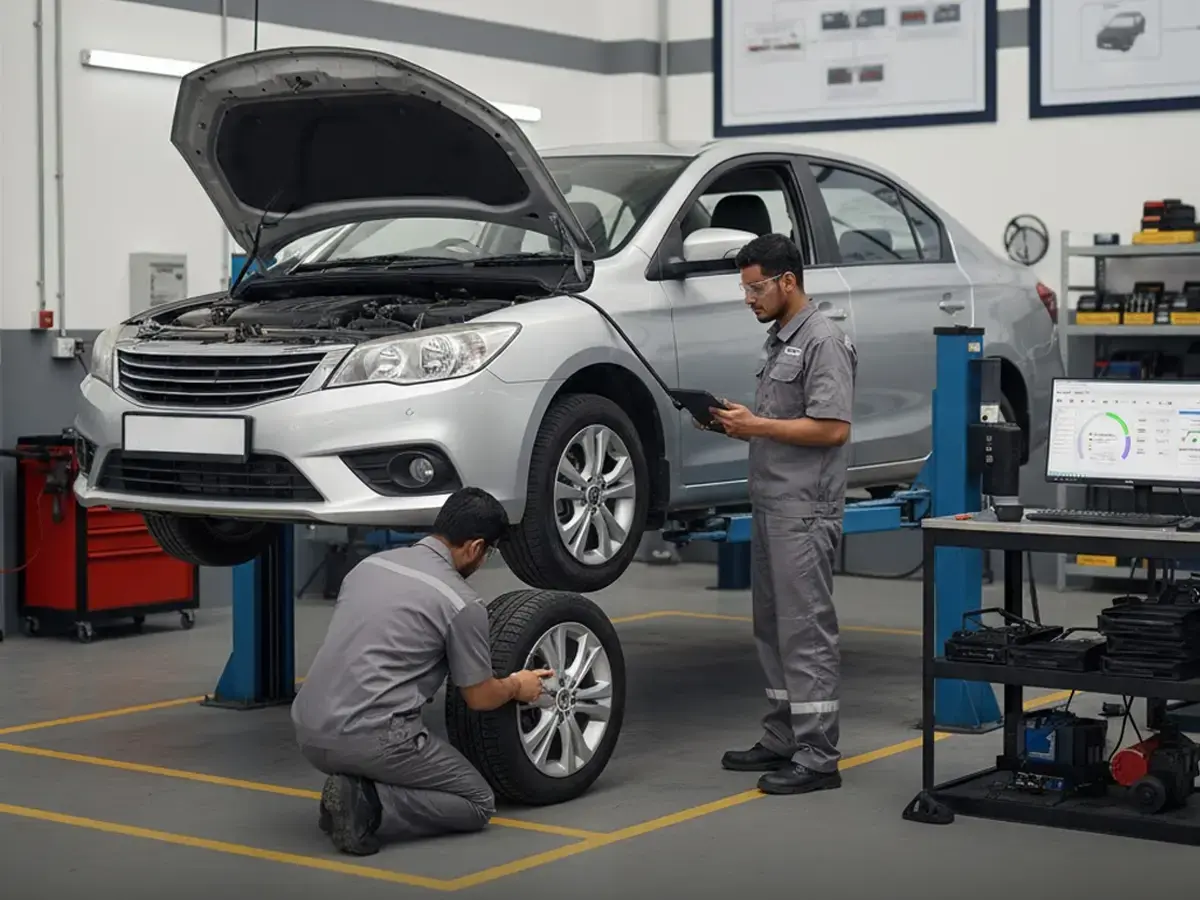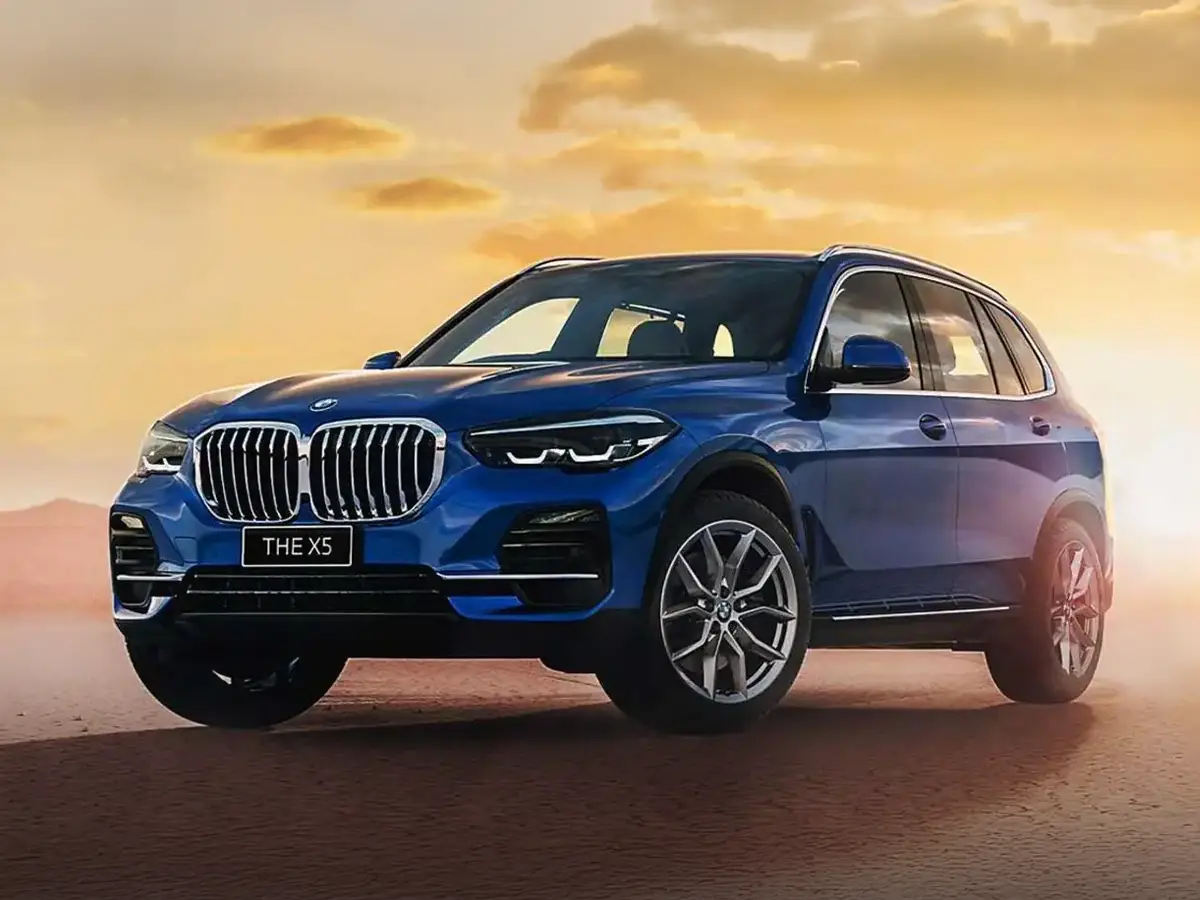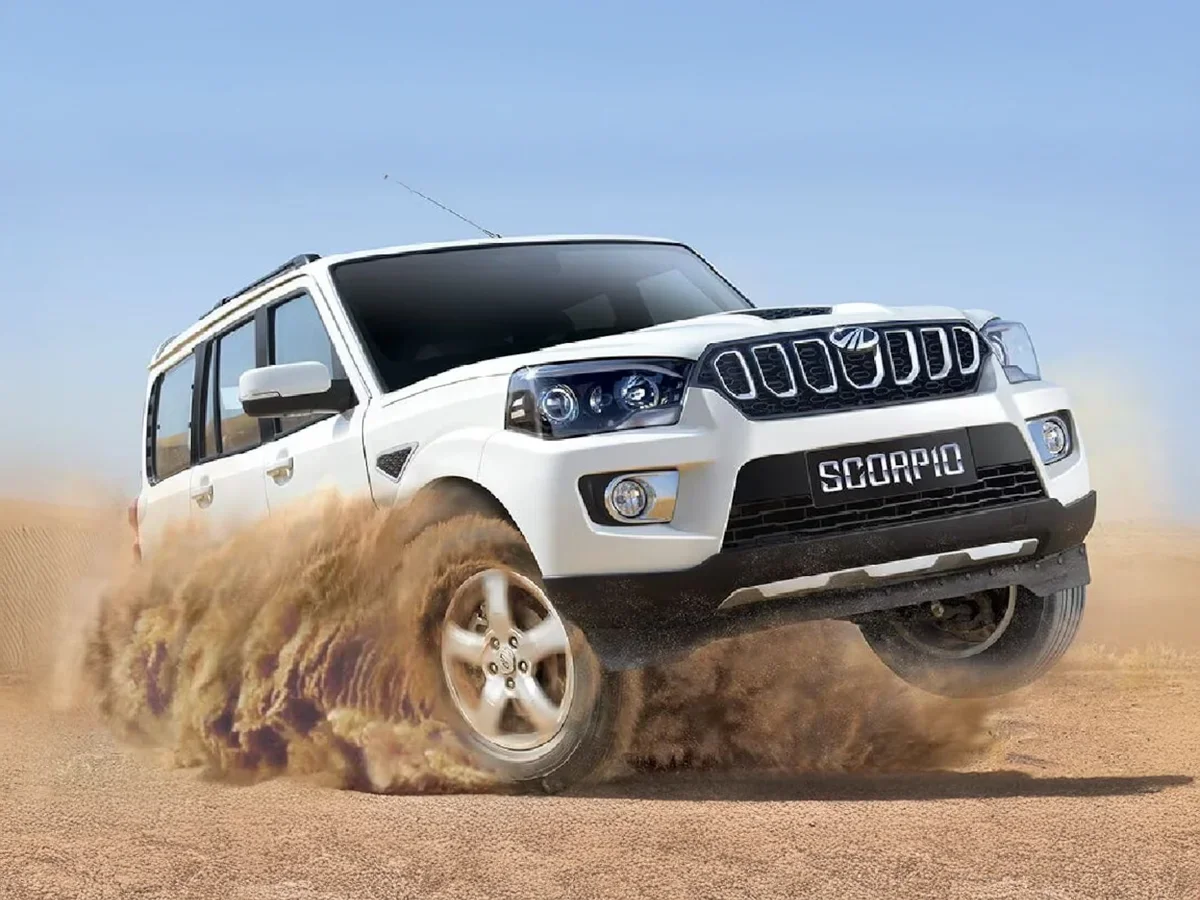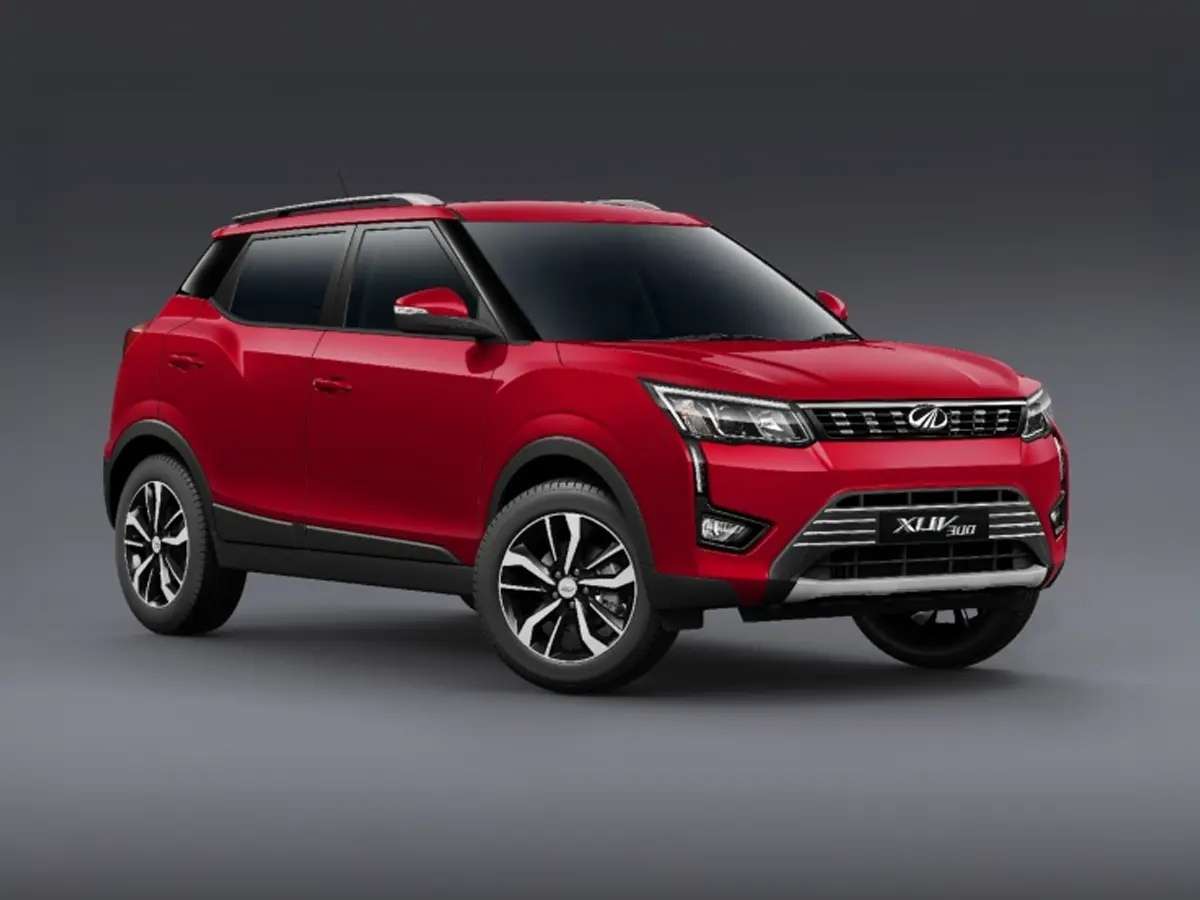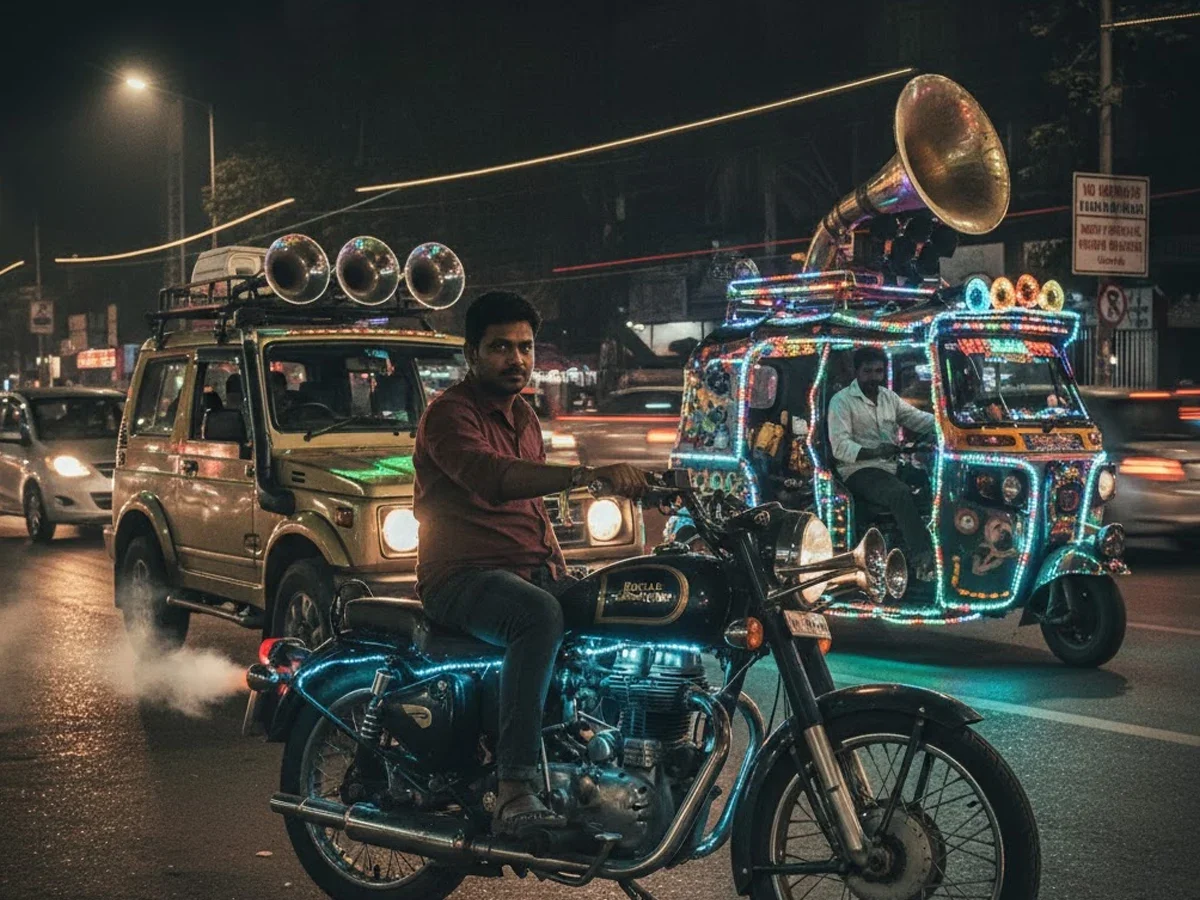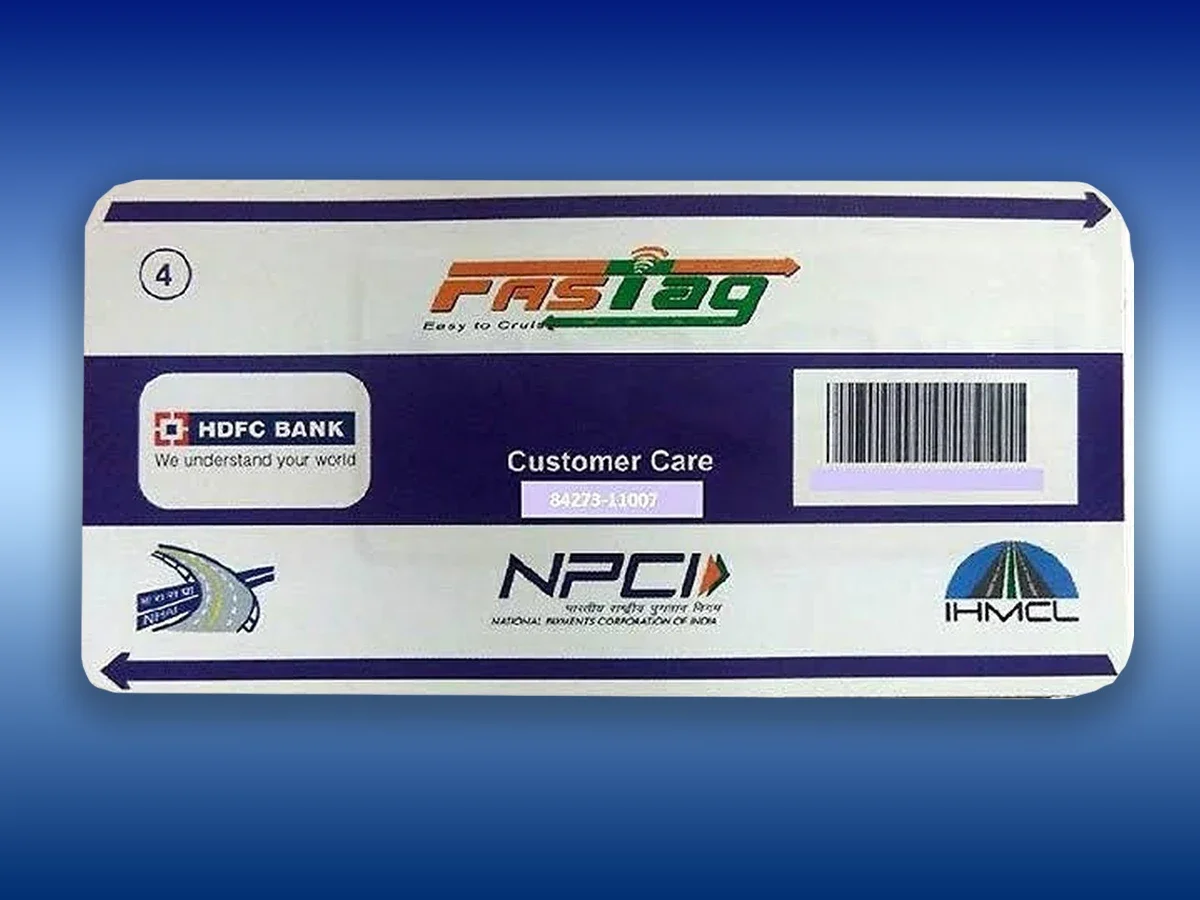

How to apply for HDFC Fastag: Complete Guide
- 1Apply for HDFC FASTag online or offline and enjoy seamless toll payments
- 2Recharge easily through PayZapp, UPI, or HDFC NetBanking with auto top-up
- 324×7 HDFC FASTag support ensures smooth, cashless highway travel
- What is HDFC FASTag?
- Features of the HDFC Fastag
- HDFC FAStag KYC Categories
- Eligibility Criteria
- Documents needed for HDFC FAStag application
- How to Apply for an HDFC FAStag?
- How to Link HDFC FASTag to Your Bank Account?
- How much do you have to pay for a HDFC FAStag?
- How to Activate Your HDFC FAStag?
- How to recharge the HDFC FAStag?
- Common Issues and Troubleshooting
FASTag is a government-initiated program which works as a prepaid instrument for vehicles on national highways. As of now, 37 major banks issue FASTag which is used to facilitate the toll collection system. It uses Radio Frequency Identification technology, allowing users to make toll payments directly from savings or prepaid accounts. Currently, the National Highway Authority of India operates this technology through its subsidiary Indian Highway Management Company Limited.
FASTag was initially set up in 2014 between Ahmedabad and Mumbai, and since December 2017, it has become mandatory for all new vehicles sold in India to have a FASTag. It contributes over 90% of the total toll collected across national highway,s and from January 2021, it will be mandatory for all vehicles to use FASTag at toll booths.
What is HDFC FASTag?
HDFC FASTag is an RFID-based tag that sticks to your vehicle’s windscreen. It lets toll charges be automatically deducted from your linked HDFC FASTag wallet or bank account, so you can pass through toll plazas without stopping. This not only saves time and fuel but also ensures a hassle-free, contactless experience.
The tag is a small, rectangular sticker (10×5 cm) with multiple layers. When you drive through a toll plaza, RFID sensors read the tag, process the payment, and update your balance instantly. You can use HDFC FASTag at all NETC-enabled national and state toll plazas across India.
How Does HDFC FASTag work?
Long waits at toll plazas and cash hassles used to make highway travel frustrating. To solve this, the government launched FASTag in 2014 under the National Electronic Toll Collection (NETC) system. FASTag uses RFID technology to deduct toll charges automatically, making your journey faster, smoother, and entirely cashless. Since February 2021, it has been mandatory for all vehicles in India to have a FASTag.
With so many banks offering FASTag, choosing the right one can be tricky. HDFC FASTag, offered by the trusted State Bank of India, stands out as a reliable, secure, and convenient option for digital toll payments. This guide walks you through everything you need to know about HDFC FASTag, including how to apply, recharge, manage your account, and reach customer support.
Affixed on the windscreen of your vehicle, FASTag is linked directly to your FASTag Wallet. The toll amount is deducted directly from your prepaid FASTag wallet, thus enabling an entirely cashless transaction passing toll plazas on highways.
The toll plaza records the information from the FASTag as
Features of the HDFC Fastag
While many FASTag benefits (time savings, cashless travel) are universal, HDFC offers a few features that stand out. Supports UPI, net banking, debit/credit cards, and HDFC mobile banking for easy balance top-ups. ;Let’s see the common ones:
- PayZapp & UPI Integration: Unlike banks without a mobile wallet, HDFC FASTag users can reload via PayZapp instantly. HDFC also uses a dedicated FASTag UPI ID (netc.<VRN>@hdfcbank) for easy top-ups through any UPI app..
- Auto-Recharge Option: HDFC lets customers auto-link FASTag to any HDFC savings account for automatic top-ups.
- Customer Portal and App: HDFC’s FASTag portal uses OTP login (no static password), and links with the NPCI MyFASTag app. Users get SMS alerts for every transaction and can download statements instantly.
- Promotional Offers: Periodically, HDFC runs FASTag promotions (e.g. cashbacks for auto-top-up) and bundles (bundled with car loans or credit cards). These perks can make HDFC FASTag cost-effective for loyal HDFC customers.
- Comprehensive Support: HDFC FASTag customer care is available 24/7 to assist with complaints, lost tags, or incorrect deductions.
HDFC FAStag KYC Categories
HDFC FASTag wallets are issued under RBI/NPCI guidelines as Minimum-KYC (min-KYC) or Full-KYC accounts. A min-KYC FASTag (basic customer details only) is capped at ₹10,000 monthly loading and usage and is valid for 24 months; after that, it will be credit-frozen unless upgraded.
In contrast, a Full-KYC FASTag (with PAN/Aadhaar) has no monthly cap (only a ₹2 lakh wallet balance limit) and extended validity. HDFC requires customers with min-KYC FASTags to upgrade (submit PAN, Aadhaar, etc.) to maintain service beyond two years. This KYC classification and limits follow NPCI rules, but it’s worth noting HDFC’s reminder for users to complete KYC early to avoid lockouts
Eligibility Criteria
HDFC issues FASTag to all eligible vehicle owners (individuals, companies, etc.) without requiring an HDFC bank account. All Class M & N vehicles (4-wheelers and above) must have FASTag as per government rules; two-wheelers do not require FASTag. Both private and commercial vehicles are eligible. HDFC even supports niche categories (e.g. defence or embassy vehicles) through NHAI’s exemption process, but for general users, the key point is: any new car or truck owner can apply for an HDFC FASTag. There is no special account requirement – even non-HDFC customers can apply online or at a branch and get FASTag delivered
Documents needed for HDFC FAStag application
When applying for HDFC FASTag, you must submit the following (depending on KYC type):
- Vehicle documents: Valid Registration Certificate (RC) of the vehicle.
- Identity Proof: One government ID (Aadhaar, PAN, Passport, Driving License, or Voter ID)
- Address Proof: You can use your Aadhaar card, Passport, Driving License, or Voter ID card. Either a utility bill or a certified bank statement not older than two months can also serve as address proof.
- Photograph: A recent passport-size photo of the vehicle owner.
Note: Each vehicle needs a separate FASTag with the RC and KYC linked to that vehicle number
Additional FASTag documents required for Companies/Proprietorships/Partnerships
In case of any form of a corporate being, there are a few extra things that you must submit at the time of FASTag documentation.
How to Apply for an HDFC FAStag?
You can purchase an HDFC FASTag online through the official website / HDFC YONO Aopp or offline at select HDFC branches, toll plazas, or authorised dealerships
Online Application Process
Add more details to differentiate from Spinny
- Step 1: Visit the HDFC FASTag Portal
Go to the official FASTag website.
Choose Individual or Corporate Option: Select whether you are applying as an individual or for a fleet.
- Fill in the Application Form: Enter your details, vehicle information, and bank account details (if applicable).
- Upload Required Documents: Submit scanned copies of your RC, KYC documents, and a passport-size photo.
- Make the Payment: Using online banking, UPI, or debit or credit card, pay the minimum balance required, security deposit, and tag issuing fee.
- Receive & Activate FASTag: Your FASTag should arrive at your address once authorised. Just attach it to the windscreen of your car and activate it using the HDFC FASTag login page.
Offline Application Process
- Step 1: Visit an HDFC PoS or Branch
Go to a designated FASTag issuing centre, such as selected HDFC branches, CSC centers, or toll plazas with HDFC representatives. You can locate the nearest PoS through the FASTag portal.
- Step 2: Collect and Complete the Form
Fill in the FASTag application form with your vehicle and personal information.
- Step 3: Submit Your Documents
Provide photocopies of your KYC documents, vehicle RC, and a passport-size photo for verification.
- Step 4: Make the Payment
Pay the required FASTag charges at the counter. The agent will process your application after verifying the details.
- Step 5: FASTag Issuance and Activation
You may receive the FASTag sticker immediately, or it may be dispatched to your address. You will get an SMS once your FASTag is activated and ready for use.
How to Link HDFC FASTag to Your Bank Account?
HDFC FASTag wallets are linked to customer accounts for auto-recharge. You can set up a Standing Instruction from any HDFC savings account so that your FASTag wallet is auto-top-up when the balance dips below a threshold. In the HDFC FASTag portal, under “Standing Instructions”, select your bank account, set the trigger balance (e.g. ₹500) and the top-up amount. HDFC even ran a promotion (Mar 2024) giving cashback for new accounts that set up FASTag auto-recharge, highlighting this feature.
Additionally, linking to digital wallets is easy: Adding “HDFC FASTag” as a biller in PayZapp binds your FASTag (vehicle number) to PayZapp for quick recharge. Likewise, using the NETC UPI VPA (netc.VRN@hdfcbank) inherently links the FASTag to your UPI account. In all cases, the process is straightforward via HDFC’s online interfaces.
If you have an HDFC credit or debit card, you can use it to top up your FASTag on the portal or app. While there is no mandatory linked account (the wallet is prepaid), these linking options (standing instructions, billers, UPI) make it easy to keep your FASTag funded.
How much do you have to pay for a HDFC FAStag?
HDFC FASTag charges vary by vehicle class. As of September 2025, the issuance fee, security deposit and minimum balance for common vehicles are (see table below)
| Vehicle Type (Class) | Tag Cost | Security Deposit (Refundable) | Min. Balance | Total at Issuance |
| Car / Jeep / Van | ₹100 | ₹200 | 200 | ₹400 |
| Light Commercial Vehicle (LCV) | ₹100 | ₹300 | ₹300 | |
| Truck / Bus (2 Axle) | ₹100 | ₹400 | ₹400 | |
| All other types of vehicles ( 3-axle, ≥4-axle, etc.) | ₹100 | ₹500 | ₹500 | ₹700 |
- Tag Cost: One-time RFID tag fee.
- Security Deposit: Refunded when FASTag is closed (assuming no dues).
- Min. Balance: The minimum wallet balance required to activate the tag (also considered part of the initial payment).
Check - Notably, cars and small LCVs (Class 4) now require no mandatory initial top-up (threshold = ₹0), whereas larger vehicles have a higher deposit and threshold. All charges above are subject to GST. HDFC also notes that recharges via credit card/NetBanking carry a nominal convenience fee (0.9%+ taxes on credit cards; none on HDFC debit cards
HDFC does not impose any additional “minimum balance” fee beyond the NPCI-specified deposits above. The security deposit is fully refundable upon closing the FASTag account with no dues. (Any threshold amount loaded initially is retained as prepaid toll credit.)
How to Activate Your HDFC FAStag?
Here’s a step-by-step activation process for HDFC FASTag:
- Receive the FASTag
Once you finish the application process (online or at a Point-of-Sale location), HDFC either delivers the tag to your registered address or hands it over immediately at the PoS counter.
- Affix the FASTag properly on your vehicle
Place the tag on the inside of your car’s windscreen, preferably near or behind the rear-view mirror. Make sure the vehicle number remains clearly visible and avoid placing the tag behind metallic tints or accessories, so toll scanners can read it without issues.
- Link the FASTag to your vehicle & complete KYC
After receiving the tag, you must activate it by linking it to your HDFC account or a prepaid wallet. You can easily do this through the HDFC FASTag portal or by visiting your nearest HDFC branch. Ensure your linked account always has enough balance for toll deductions.
- Load initial balance
Keep at least the minimum required balance in your FASTag wallet, as per HDFC’s guidelines. Without adequate funds, the tag may remain inactive or get blacklisted. You can recharge anytime using the HDFC FASTag portal, mobile app, or UPI.
- Check activation status & use
Once activation is complete, HDFC sends you an SMS or notification. From here, you’re all set — drive through the FASTag lane at any toll plaza and the toll amount will be deducted automatically.
How to recharge the HDFC FAStag?
Keeping an eye on your FASTag balance and topping it up on time is essential to avoid hassles at toll plazas. HDFC offers multiple convenient ways to recharge your FASTag, so you can choose the method that suits you best.
Recharge via Website
- Enter your credentials to log onto the HDFC FASTag portal.
- Head to the “Recharge FASTag” section.
- Enter the amount you wish to add and choose a payment method (Net banking, UPI, debit/credit card).
- Complete the transaction, and the amount will be added instantly
Using HDFC Net Banking or Mobile Banking
- Log in to HDFC Net Banking or the Mobile App.
- Go to Bill Payments → FASTag Recharge.
- Enter your FASTag Wallet ID or registered vehicle number.
- Select the amount and complete the payment.
Recharge via Google Pay
- Open Google Pay and tap New.
- From Suggested Businesses, select More and then FASTag.
- Enter your bank details and tap Next.
- Review your account details and return to the home screen.
- Tap FASTag, enter the recharge amount, and confirm payment.
Recharge via PhonePe
- Open the PhonePe app and select FASTag Recharge.
- Enter your vehicle number and pick a payment method.
- Enter the recharge amount and complete the payment.
No matter which option you use, the amount is instantly credited to your HDFC FASTag wallet, letting you drive through tolls without any interruptions.
Auto Recharge Setup
Through HDFC Bank, users can set up an auto-recharge feature which will replenish their account balance anytime it falls below a predetermined threshold.
Common Issues and Troubleshooting
HDFC customers should be aware of a few activation and compliance rules:
- Vehicle Number Update: If a FASTag was issued against a chassis number (common for new vehicles), HDFC requires you to update it to the official Registration Number within 90 days. Otherwise the tag will be deactivated. Similarly, if the tag was mistakenly linked to the wrong VRN, raise a “Service Request → Update Vehicle Reg No.” on the FASTag portal.
- Min-KYC Limit: As noted, a min-KYC FASTag cannot be loaded more than ₹10,000 per month and will be locked after 24 months. Owners should monitor their KYC status on the portal and upgrade before limits impact toll usage.
- FASTag Validity & Replacement: HDFC FASTags are valid for 5 years. Around renewal time, HDFC strongly recommends replacing old tags with the new QR-enabled FASTag for added security (the QR code lets you recharge via scan and prevents VRN entry errors).
- Tag Affixation: HDFC warns that non-affixation or improper placement of the tag (e.g. sticking on a sun film or outside the windshield) can cause read failures and even blacklisting. Always affix the HDFC FASTag sticker on the inside of the windshield in the sun visor area as instructed.
- Mobile Number Linkage: Each FASTag must be linked to the vehicle owner’s mobile number. To change/update the registered mobile, HDFC customers can call 1800-120-1243 or email the support address.
- Checking Activation: If your HDFC FASTag is not working at a toll, check the wallet balance and status on the MyFASTag app or HDFC portal. Low balance or a “blacklisted” status (red alert) will be shown in the app. Recharge and reach out to HDFC support if needed.
Most of these points stem from NPCI/NHAI rules but HDFC’s portal FAQ highlights them for users. In general, ensure your HDFC FASTag wallet is funded, KYC-compliant, and correctly linked to the vehicle for smooth activation.
HDFC FAStag Customer Care
If you need help or have questions, HDFC offers multiple support channels for FASTag users:
In short, HDFC’s FASTag support is accessible via:
- Phone: 1800-120-1243 (FASTag helpline).
- SMS/Missed call: 7208053999 (balance enquiry).
- Email: fastagsupport@1pay.in.
- Mobile App: MyFASTag (for balance/status)
Agents can help with application status, tag replacement, blocked tags, KYC updates, etc
